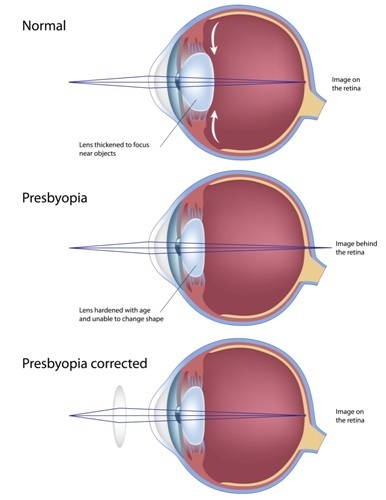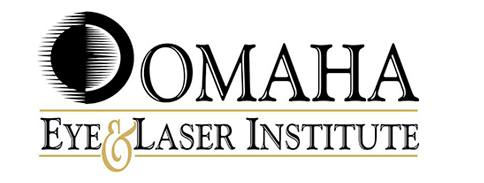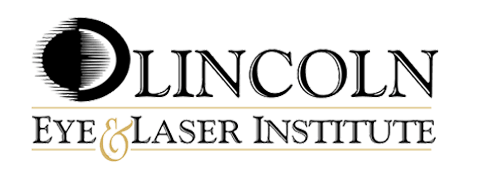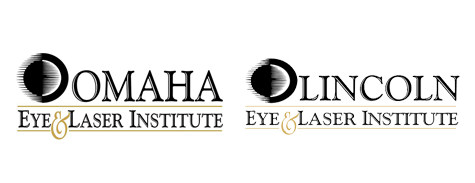You may notice it becomes more challenging to see things up close due to aging. Why does this happen?
You can thank an age-related eye condition called presbyopia. Presbyopia is a prevalent eye condition that primarily affects older adults once they are in their forties or fifties.
Most people experience some degree of presbyopia once they reach a certain age, but the severity of it varies. The go-to treatment for presbyopia is reading glasses.
Reading glasses work because they magnify whatever you’re looking at, making it bigger and easier to see up close. But there are alternatives to reading glasses.
Although most vision correction procedures correct refractive errors like nearsightedness, farsightedness, and astigmatism, some can also correct presbyopia. Keep reading to learn more about presbyopia and how to treat it without reading glasses!
What is Presbyopia?

Presbyopia occurs when you have a decreased ability to focus up close. This is caused by your eye’s natural lens becoming less flexible.
With age, muscles in your body tend to weaken, including those in your eyes that should move the natural lens to make it focus. Focusing becomes far more challenging because the natural lens can no longer move as it should.
The weaker these muscles become, the more severe your presbyopia becomes. However, there are ways to compensate for a lens that’s no longer as flexible as it once was.
One way is by using reading glasses, which magnify objects up close. But the issue with reading glasses is you have to take them off to see again at a distance.
Vision correction procedures that treat presbyopia are much more convenient and may help reduce your dependence on prescription glasses and contact lenses.
What is Refractive Lens Exchange?
Refractive lens exchange, or RLE, is a vision correction procedure that corrects presbyopia. It can also correct existing refractive errors you may have.
It removes the entire natural lens and replaces it with an intraocular lens, or IOL. Certain IOLs are designed to correct at least some degree of presbyopia.
However, the standard option included with the cost of cataract surgery is a monofocal lens. A monofocal IOL can help you see well up close or at a distance, but you’ll still need glasses to see at the opposite, uncorrected distance.
Some patients may choose monovision, which is less common. With monovision, you’ll have one monofocal IOL put in your eye for seeing up close and another monofocal IOL put in your other eye to help you see far away.
The result is decent vision between these two distances. Monovision can provide you with good enough vision.

It may reduce the need for other visual aids, but you may continue to depend on reading glasses. Monovision may not work for everyone because your eyes need to work together, which not everyone can do.
For the best results after refractive lens exchange, including reducing your dependence on visual aids like reading glasses, it’s worth considering a premium IOL. There is an out-of-pocket cost with premium IOLs, but they provide you with clearer vision at a better range of vision than a monofocal IOL can.
Some premium IOLs are specifically designed to correct astigmatism as well as presbyopia. At Omaha Eye, we offer several of the most advanced IOLs available, including the Light Adjustable Lens, the only IOL that allows patients to customize their vision.
When you choose to have refractive lens exchange, you’ll discuss your IOL options with your eye doctor. They’ll make recommendations based on your budget, procedure goals, and lifestyle needs.
You and your eye doctor will make this decision together. For the best possible vision, a premium IOL is absolutely worth considering during refractive lens exchange.
What is Monovision IntraLASIK?
If you have monovision, there’s another vision correction procedure available. You can only undergo this procedure if you have monovision.
Monovision IntraLASIK is like LASIK, but instead of correcting refractive errors, it corrects your vision in one eye to see best up close and in the other eye to see at a distance. It can correct other refractive errors simultaneously, but again, it only works if you can have monovision.
Choosing the Best Presbyopia Treatment for You
With two options to choose from at Omaha Eye, you may be wondering which one is best for you. Before you choose either one, knowing if monovision is an option is important.
Your eye doctor will be able to test this by giving you two different monofocal contact lenses to wear that simulate monovision. If your eyes can adjust to wearing them, it means monovision will work for you.
But even if monovision is an option, it doesn’t mean you have to choose monofocal IOLs or monovision LASIK. There are also other things to consider, like premium IOLs, that can give you even better vision.
Talk to your eye doctor about your options. They can make recommendations to help you determine the best fit.

Either procedure may work great for you, but your eye doctor can point out the advantages and disadvantages to help you make an informed decision.
An Extra Benefit of Refractive Lens Exchange
One significant advantage of having refractive lens exchange is that if you have the procedure, you’ll never have to worry about having cataracts. Cataracts form on the eye’s natural lens.
By having the natural lens removed, a cataract can never form. Refractive lens exchange is almost identical to cataract surgery.
However, the only difference is that you have cataracts removed during cataract surgery. You don’t need to have cataracts to have refractive lens exchange.
Many patients choose refractive lens exchange, knowing they will never have cataracts and can look forward to many years of crisp, clear vision after the procedure. Are you ready to stop depending on reading glasses?
Find out which of these procedures could be right for you by requesting an appointment at Omaha Eye in Omaha, NE, now! Why wait when you could improve your vision and your life?





